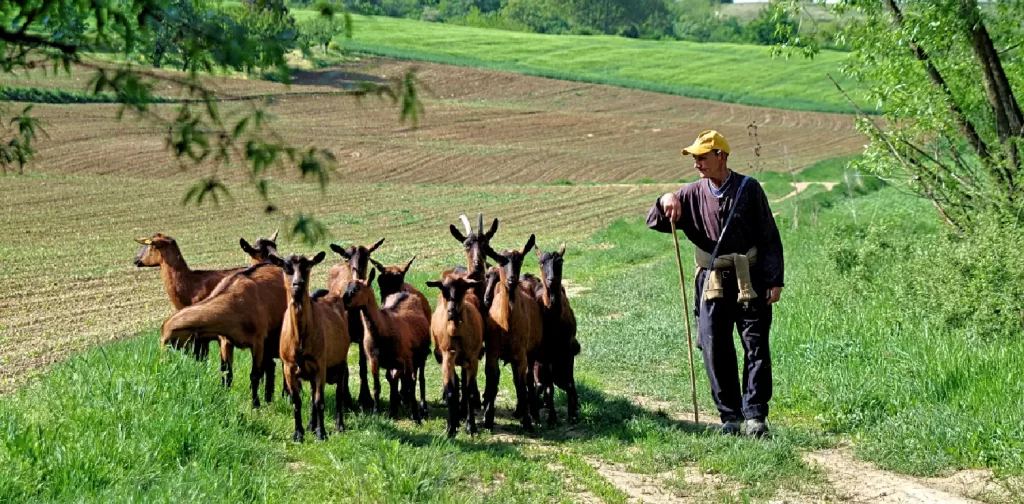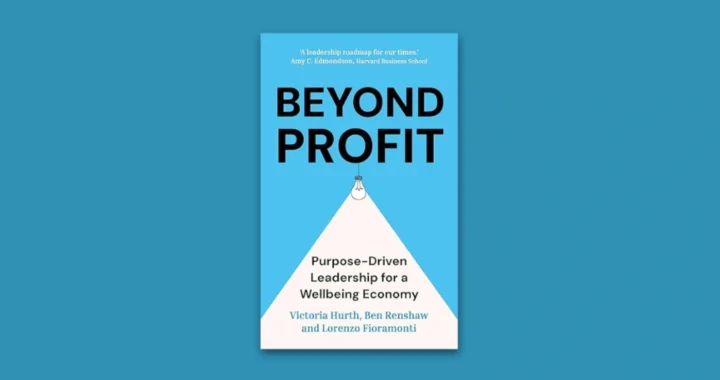What Is Conservation Basic Income for Biodiversity Conservation?

Photo: Mihajlo Horvat on Unsplash.
Biodiversity loss is one of the world’s biggest concerns. Conservation efforts are crucial, but they require enough funding to create meaningful and inclusive progress. A new study from the University of Edinburgh looks into the potential of conservation basic income (CBI) to safeguard biodiversity.
Conservation basic income
Protecting and conserving biodiversity requires contributions from all. Among others, Indigenous Peoples and Local Communities (IPLC) are critical protectors of biodiversity due to their close connections with nature. Unfortunately, they still struggle financially and legally despite their integral role in nature preservation.
Empowering the IPLC is crucial to create progress in biodiversity conservation. In a new study, researchers from the University of Edinburgh estimate that the conservation basic income (CBI) has the potential to be a powerful mechanism in biodiversity conservation.
Like universal basic income, CBI provides an unconditional cash payment to guarantee a regular income for individuals residing in important conservation areas. The study estimates the global and national gross cost for CBIs by assessing three global area-based terrestrial conservation scenarios and using three payment regimes.
The study results
Implementing CBIs can improve IPLCs’ resilience and financial security in several ways. The study shares that CBIs can provide economic alternatives to reduce local communities’ dependence on extractive economies, give individuals the opportunities to contribute meaningfully to their communities, and strengthen the IPLCs’ legal position to negotiate and demand environmental protection.
Based on the three conservation scenarios, the study finds that the number of residents eligible for CBI ranges between 232 million and 1,638 million. More than 75% of them are found in low-middle-income countries. Based on the areas, payment regimes, and country eligibility, the study estimates that the gross cost of CBI ranges between US$351 billion and US$6.73 trillion annually.
The least costly scenario (US$351 billion) still costs higher than the current state spending on conservation of an estimated US$133 billion annually. However, the most expensive scenario (US$6.73 trillion) is still significantly smaller than the total economy value generation of US$44 trillion, which still depends on nature. Therefore, the data suggests that these CBI scenarios should be considered plausible investments for biodiversity conservation, economic value, and people welfare.
Funding and implementations
As the world gets more unpredictable and prone to crises, strengthening financial resilience for all can contribute to other progress in sustainable development. The study concludes with recommendations on funding CBIs, citing environmental tax on harmful consumption and production as an example of possible funding sources.
The study also notes several aspects worth considering when implementing CBIs:
- Consider the existence and eligibility of other communities that are not included in the scope of the study, such as coastal communities and pastoralists.
- Consider carefully designed and inclusive restrictions on eligibility to ensure fairness and avoid unnecessary migrations in the name of incentives.
- Avoid disrupting the traditions and customs of Indigenous Peoples and avoid creating dependence on state bureaucracies.
Editor: Nazalea Kusuma

Join Green Network Asia Membership
Amidst today’s increasingly complex global challenges, equipping yourself, team, and communities with interdisciplinary and cross-sectoral insights on sustainability-related issues and sustainable development is no longer optional — it is a strategic necessity to stay ahead and stay relevant.
Join Now
Kresentia Madina
Madina is the Assistant Manager for Digital Publications at Green Network Asia. She graduated from Universitas Indonesia with a bachelor's degree in English Literature. She has three years of professional experience working on GNA international digital publications, programs, and partnerships particularly on social and cultural issues.


 Weaving the Thread Between the Last Elephant and the Floods in Sumatra
Weaving the Thread Between the Last Elephant and the Floods in Sumatra  Prescribing Beyond Profit for CEOs’ Anxiety
Prescribing Beyond Profit for CEOs’ Anxiety  An Interview with May Tan-Mullins, CEO and Provost of University of Reading Malaysia
An Interview with May Tan-Mullins, CEO and Provost of University of Reading Malaysia  An Interview with Eu Chin Fen, CEO of Frasers Hospitality
An Interview with Eu Chin Fen, CEO of Frasers Hospitality  The UK Government’s Funding Package Plan to Tackle Youth Unemployment
The UK Government’s Funding Package Plan to Tackle Youth Unemployment  Understanding the Dark Side of Artificial Intelligence
Understanding the Dark Side of Artificial Intelligence